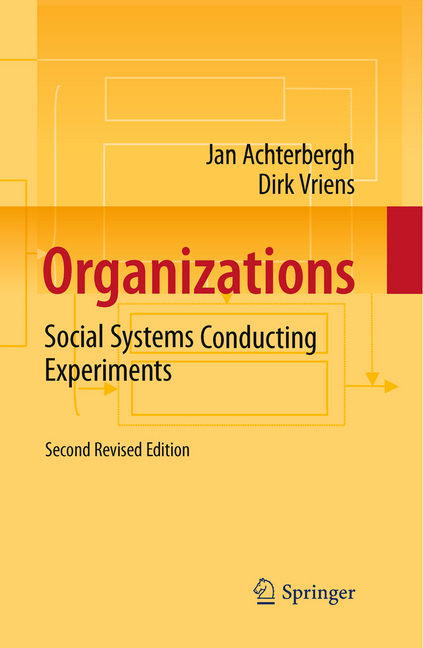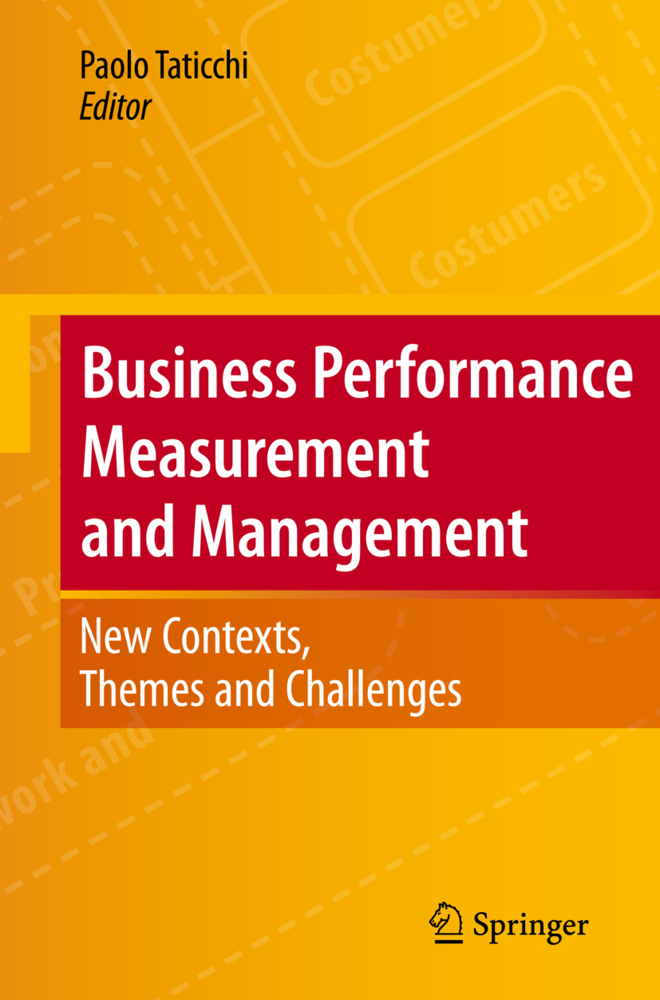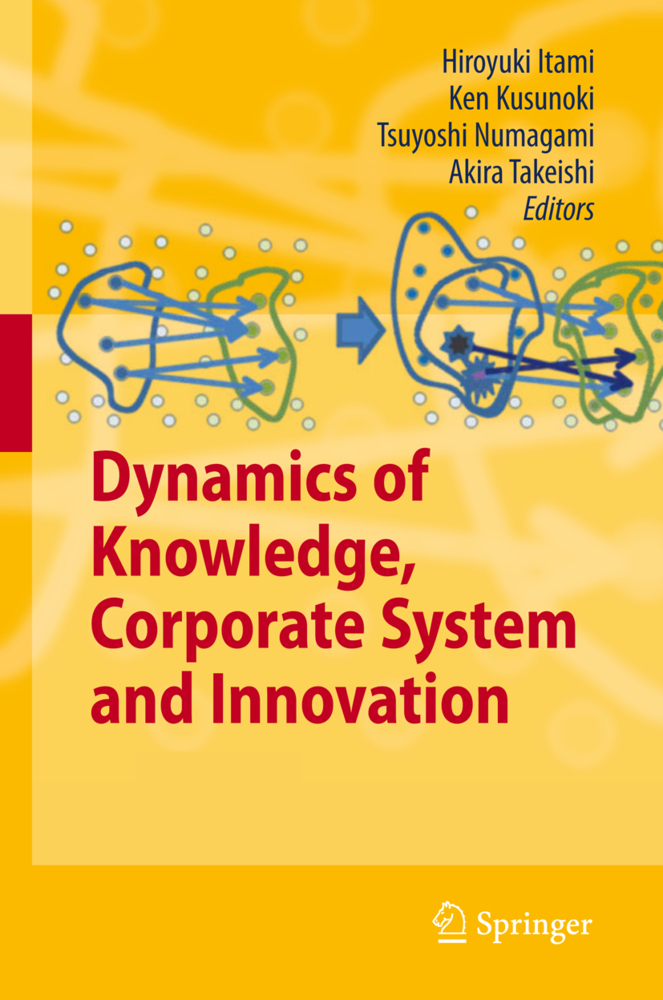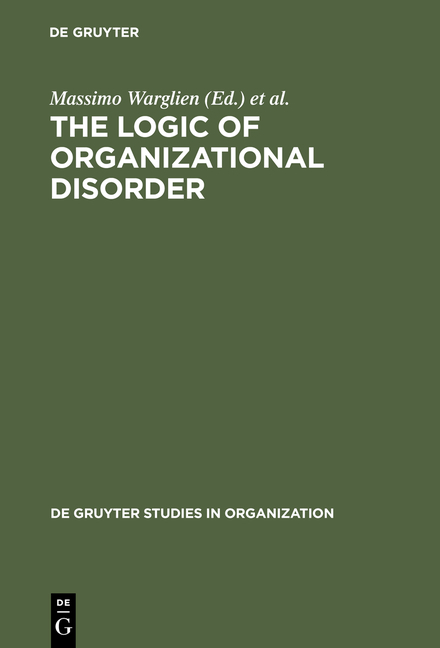Organizations
Social Systems Conducting Experiments
What are organizations? What is their point? How should one design successful organizations?
1;Organizations;3 1.1;Acknowledgments;7 1.2;Contents;9 1.3;Chapter 1: Introducing Organizations as Social Systems Conducting Experiments;13 1.3.1;1.1 Introduction;13 1.3.2;1.2 Making Sense of Organizations: From ``Phenomena´´ to ``Key Features´´;13 1.3.2.1;1.2.1 Situation 1: Strategy Formulation;14 1.3.2.2;1.2.2 Situation 2: A Worker in Trouble;16 1.3.2.3;1.2.3 The First ``Arche´´: The Experimental Character of Organizations;18 1.3.2.4;1.2.4 The Second ``Arche´´: The Social Systemic Character of Organizations;18 1.3.2.5;1.2.5 The Relation Between the Social Systemic and the Experimental Character of Organizations;19 1.3.3;1.3 Organizations as Social Systems Conducting Experiments;20 1.3.3.1;1.3.1 Conducting Experiments;21 1.3.3.1.1;1.3.1.1 What is at Stake in the Experiment: Maintaining a Separate and Meaningful Existence;21 1.3.3.1.2;1.3.1.2 Conducting the Experiment: Adaptation and Realization for Meaningful Survival;24 1.3.3.1.3;1.3.1.3 The Experimental Character of Adaptation and Realization for Survival;27 1.3.3.2;1.3.2 Organizations as Social Systems;29 1.3.4;1.4 Principles Improving Organizational Design;32 1.3.4.1;1.4.1 Functional Design Principles;33 1.3.4.2;1.4.2 Specific Design Principles;34 1.3.5;1.5 Conceptual Background;35 1.3.6;1.6 Outline of the Book;37 1.3.6.1;1.6.1 Part I: The Experimental and Social Arche of Organizations;37 1.3.6.2;1.6.2 Part II: Designing Organizations as Social Systems Conducting Experiments;39 1.3.6.3;1.6.3 Part III: Poor and Rich Survival;40 1.3.7;References;41 1.4;Part I: The Experimental and Social Arche of Organizations;42 1.4.1;Chapter 2: The Experimental Arche: Ashby´s Cybernetics;43 1.4.1.1;2.1 Introduction;43 1.4.1.2;2.2 Cybernetics: Effective Methods for the Study of Complex Systems;44 1.4.1.2.1;2.2.1 Describing Behavior: ``Systems´´ and ``Transformations´´;45 1.4.1.2.2;2.2.2 Regular Behavior and Input;48 1.4.1.2.3;2.2.3 A Procedure to Describe Behavior and Identify Regularity;50 1.4.1.3;2.3 Cybernetics: Effective Methods for the Control of Complex Systems;56 1.4.1.3.1;2.3.1 Ashby´s Views on Regulation: Definition, Types of Regulation and Requisite Variety;56 1.4.1.3.1.1;2.3.1.1 Regulation: Ashby´s Definition;56 1.4.1.3.1.2;2.3.1.2 Types of Regulation;59 1.4.1.3.1.3;2.3.1.3 Effective Regulation: The Law of Requisite Variety;63 1.4.1.3.2;2.3.2 Control, Design and Operational Regulation;64 1.4.1.3.2.1;2.3.2.1 Control;65 1.4.1.3.2.2;2.3.2.2 Design;66 1.4.1.3.2.3;2.3.2.3 A Method to Deal with Complex Systems;68 1.4.1.3.2.3.1;Step 1: Control;68 1.4.1.3.2.3.2;Step 2: Design;69 1.4.1.3.2.3.3;Step 3: Regulation;69 1.4.1.3.2.4;2.3.2.4 An Illustration of Ashby´s Method: Problem-Solving as a Series of ``Control,´´ ``Design´´ and "Operational Regulation" - Activities;69 1.4.1.3.2.5;2.3.2.5 Ashby´s Method Underlies Regulation in and of Organizations;72 1.4.1.3.3;2.3.3 Adaptive Behavior;75 1.4.1.3.3.1;2.3.3.1 Adaptation and Self-Regulation;75 1.4.1.3.3.2;2.3.3.2 Organizations as Adaptive Self-Regulatory Systems;76 1.4.1.4;2.4 Organizations as Systems Conducting Experiments;79 1.4.1.5;References;83 1.4.2;Chapter 3: The Experimental Arche Continued: Von Foerster on Observing Systems;84 1.4.2.1;3.1 Introduction;84 1.4.2.2;3.2 Two problems in first-order cybernetics;87 1.4.2.2.1;3.2.1 The problem of selection;87 1.4.2.2.2;3.2.2 The problem of defining the transformation;88 1.4.2.2.3;3.2.3 Dealing with Both Problems: The Cybernetics of Observing;94 1.4.2.3;3.3 Observers as Closed Systems Producing Eigenvalues;95 1.4.2.3.1;3.3.1 Closed Systems and Their Eigenvalues;95 1.4.2.3.1.1;3.3.1.1 A Formalism to Explain the Emergence of Eigenvalues;96 1.4.2.3.1.2;3.3.1.2 Three necessary elaborations of the basic formalism;98 1.4.2.3.1.2.1;The diversity of eigenvalues;98 1.4.2.3.1.2.2;The role of input;99 1.4.2.3.1.2.3;Eigenvalues and the complexity of systems producing them;102 1.4.2.3.2;3.3.2 Closure, cognition and observing;103 1.4.2.3.2.1;3.3.2.1 Closure of the nervous-system;103 1.4.2.3.2.2;3.3.2.2 The e
| ISBN | 9783642143168 |
|---|---|
| Artikelnummer | 9783642143168 |
| Medientyp | E-Book - PDF |
| Auflage | 2. Aufl. |
| Copyrightjahr | 2010 |
| Verlag | Springer-Verlag |
| Umfang | 391 Seiten |
| Sprache | Englisch |
| Kopierschutz | Digitales Wasserzeichen |











